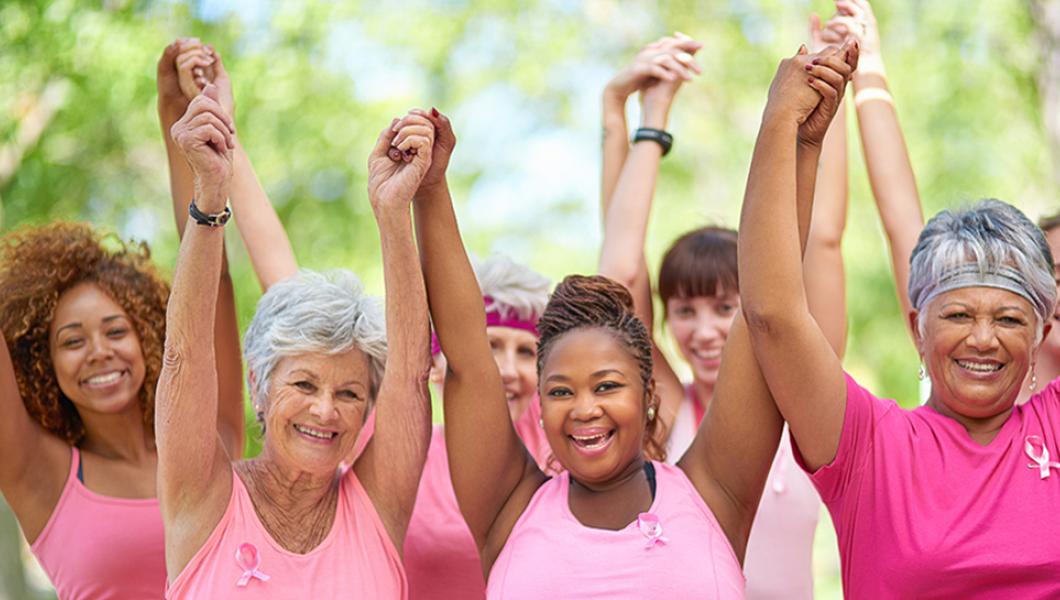Statistics related to breast cancer—whether referring to age, gender, diagnoses, survivors, or deaths—are a common way to tell the story of this disease and its impact. However, important as they are, numbers and facts can feel pretty abstract. The following article offers more details behind the numbers, as well as practical tips for prevention.
Risk factor facts
Keep in mind that you can get breast cancer even without any risk factors that you know of. Not all risk factors are mentioned here, and not all have the same effect.
- Personal and family history. For your personal history, consider any noncancerous breast diseases as well. When looking at your family history, remember to look at both sides of the family. Look for a history of breast cancer and ovarian cancer.
- Breastfeeding. If you have children or plan on having children, you can reduce your risk for breast cancer by having children before the age of 35. Also, breastfeeding can help reduce your risk of breast cancer.
- Menstrual cycle and hormones. If you started your period before age 12, or if you start menopause after age 55, you may be at greater risk for breast cancer. Some types of hormone replace therapy (HRT) also pose more of a risk because they can cause “dense breasts.” This makes it difficult for mammograms to find cancer.
- Although rare, men can get breast cancer, too. For men, most breast cancers happen between the ages of 60 and 70. Because men aren’t really looking for it, and because it’s more difficult to catch in males, most men are diagnosed later than women. Risk factors and symptoms for men are similar to those that women experience.
5 ways to lower your risk
- Know the signs and symptoms. Knowing what to look for gives you a baseline and can help indicate when it’s time to get help from your doctor. Symptoms can include a lump in or near the breast or underarm, changes in the shape or texture of the breast or nipple, or bloody discharge from the nipple.
- Do self-exams. A self-exam is an option for women starting in their 20s to watch for early signs of breast cancer. While this is one method for detecting lumps and abnormalities, talk with your doctor about the benefits and limitations of self-exams.
- Get your recommended screenings. It is recommended that women ages 50 to 74 years old receive a mammogram every two years. Women ages 40 to 49 should talk with their doctor about when they should have their first screening.
- Maintain a healthy lifestyle. As with many other health risks, you can reduce your risk of breast cancer by being physically active, eating healthy, quitting tobacco, and reducing your alcohol consumption.
Avoid or reduce your exposure to radiation and chemicals that can cause cancer, known as carcinogens. Some medical tests expose you to radiation in small, limited amounts, such as x-rays, CT scans, and others. The harm from these tests is small. To reduce your exposure, get these tests done only if it’s necessary for diagnostic purposes.
